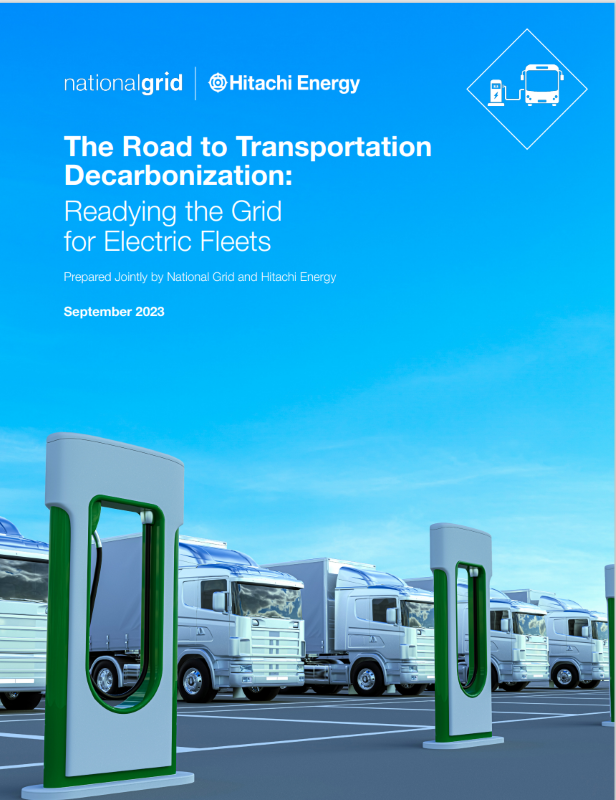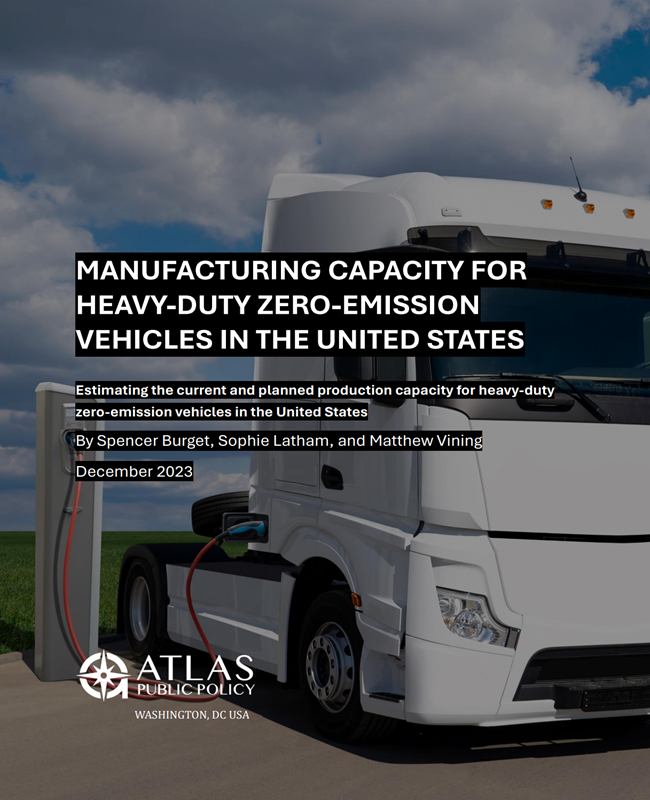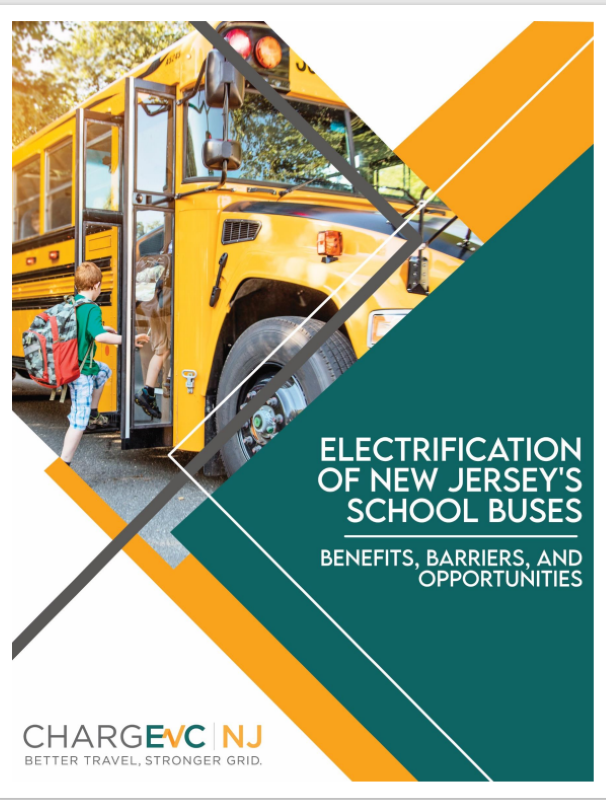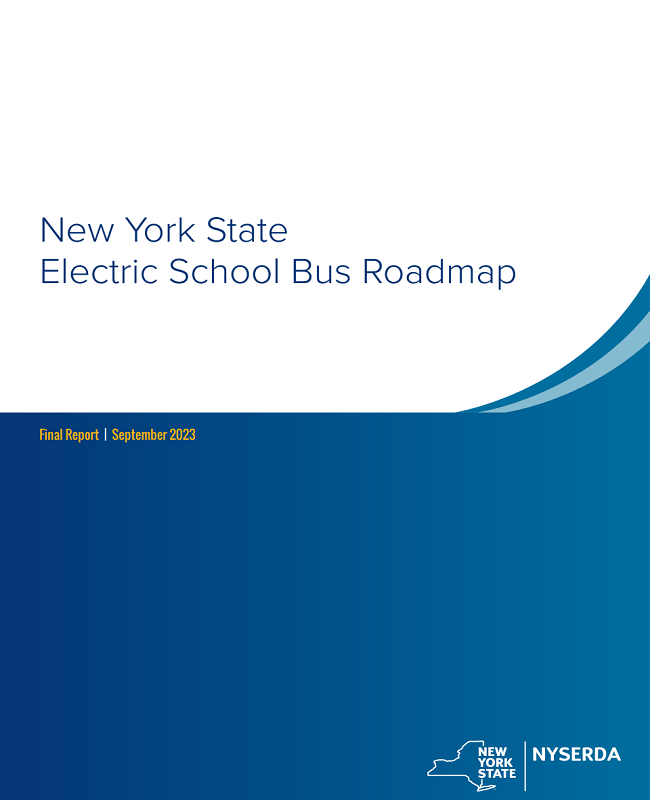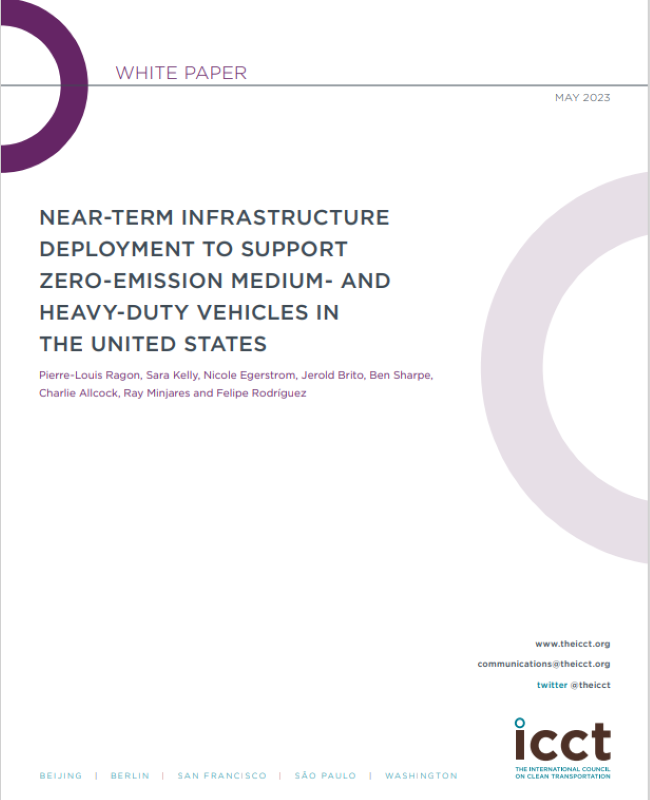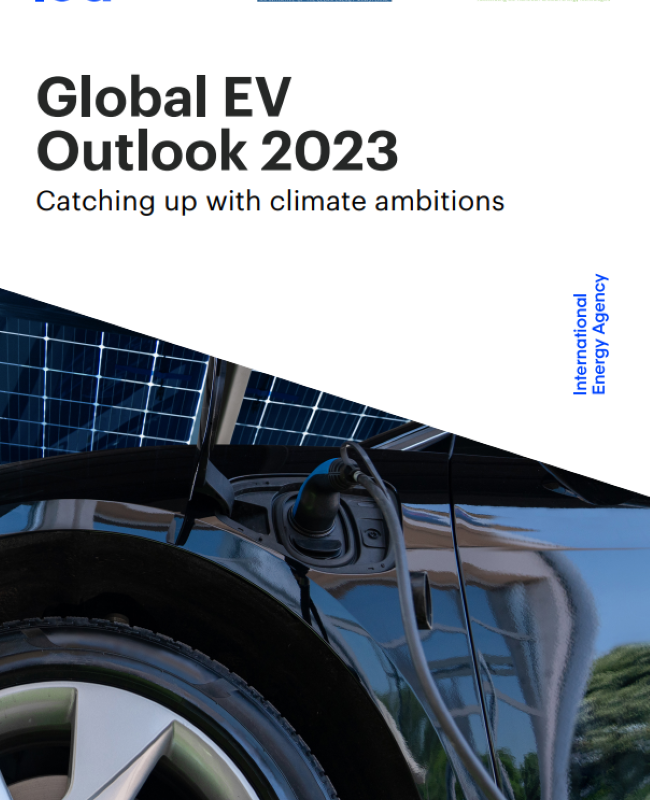The Road to Transportation Decarbonization: Readying the Grid for Electric Fleets
Dipo Fadeyi2024-01-23T14:36:49-05:00The study leads to insights and recommendations to help utilities, policymakers, and the transportation industry decarbonize fleet vehicles.
